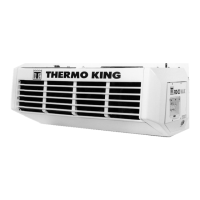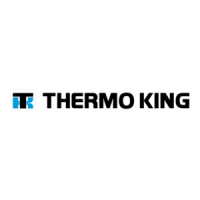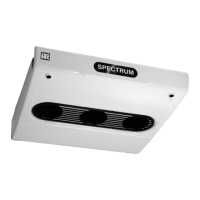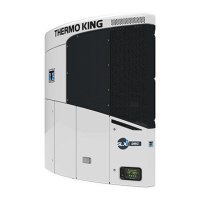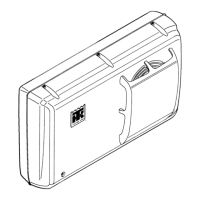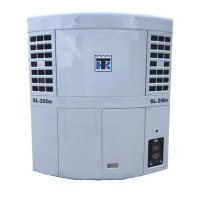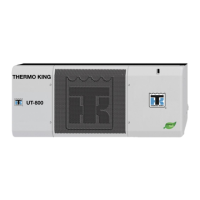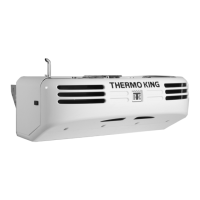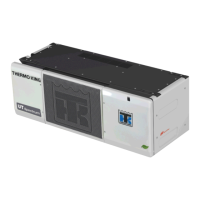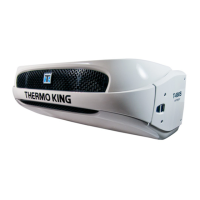What to do if the Thermo King Refrigerator engine does not run due to fuel solenoid issues?
- KKenneth ClarkOct 31, 2025
If the engine of your Thermo King Refrigerator isn't running because the fuel solenoid isn't working, start by disconnecting the 20 wire from the reset switch. Also, disconnect the fuel solenoid wire connector from the main wire harness. Remove the CYCLE-SENTRY module from the option board to prevent the Auto Start system from preheating and cranking the engine. Ensure the Diesel/Electric switch is in the Diesel position and the CYCLE-SENTRY switch is in the Cont Run position. Place the On/Off switches in the On position and press the ON key to turn the unit On. Check the voltage on the 8D circuit (pin A) in the main wire harness connector for the fuel solenoid. If there is no voltage, check the 8D circuit and related components for faults. If voltage is present, check the CH circuit (pin ...
